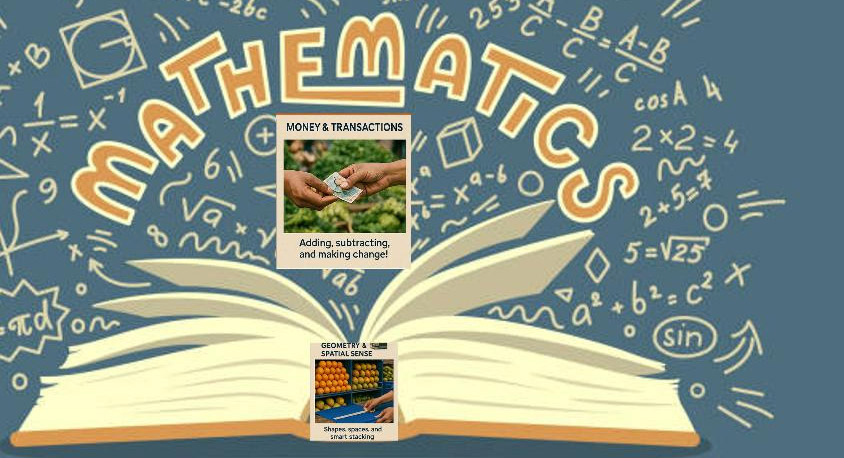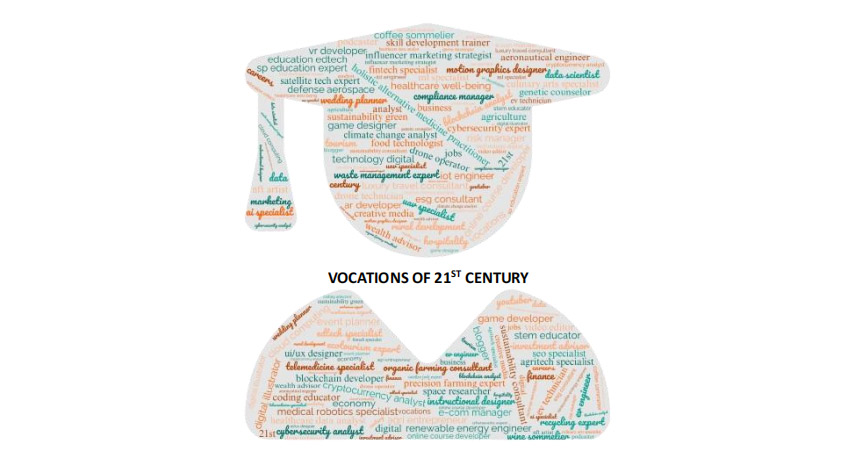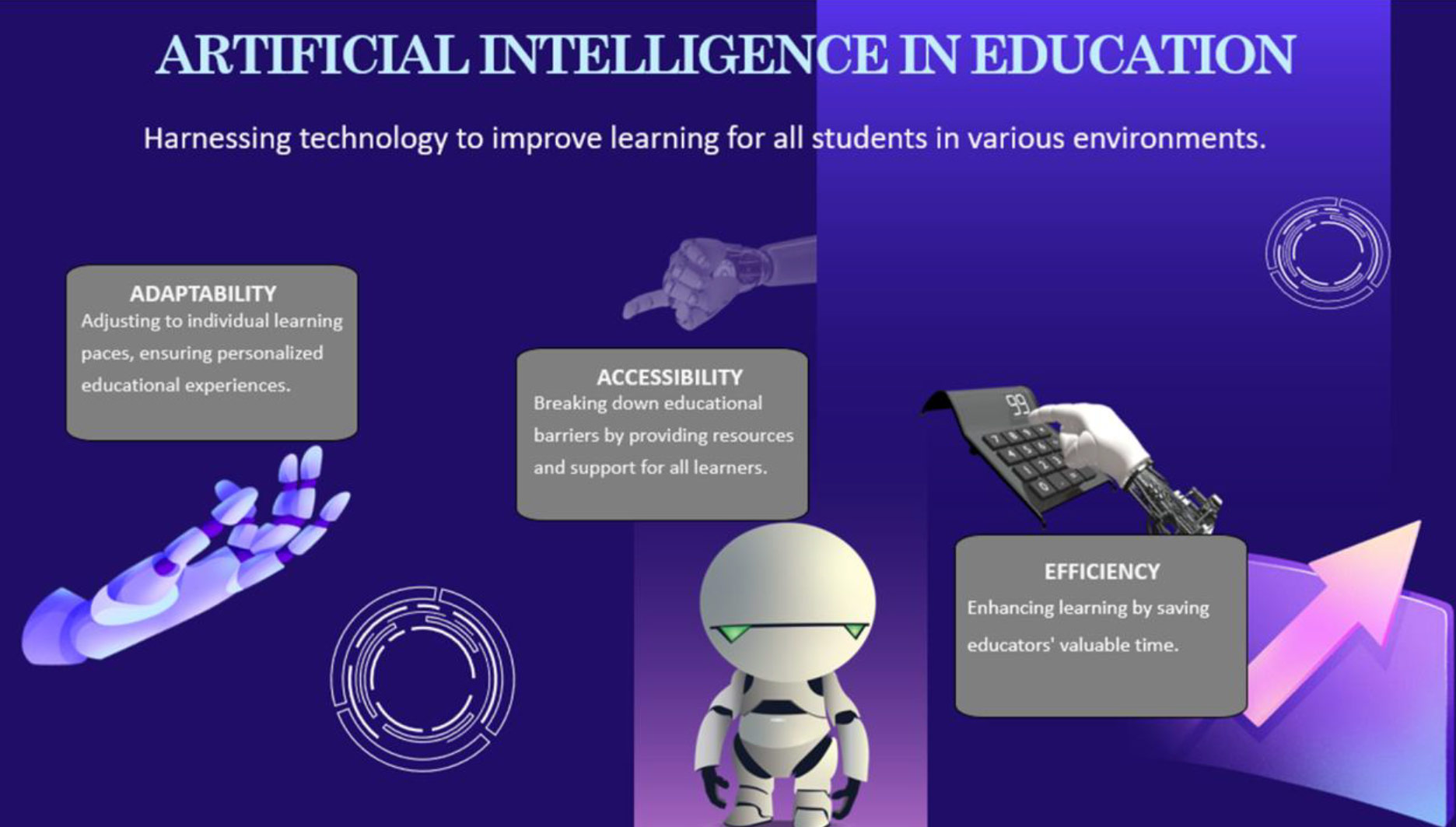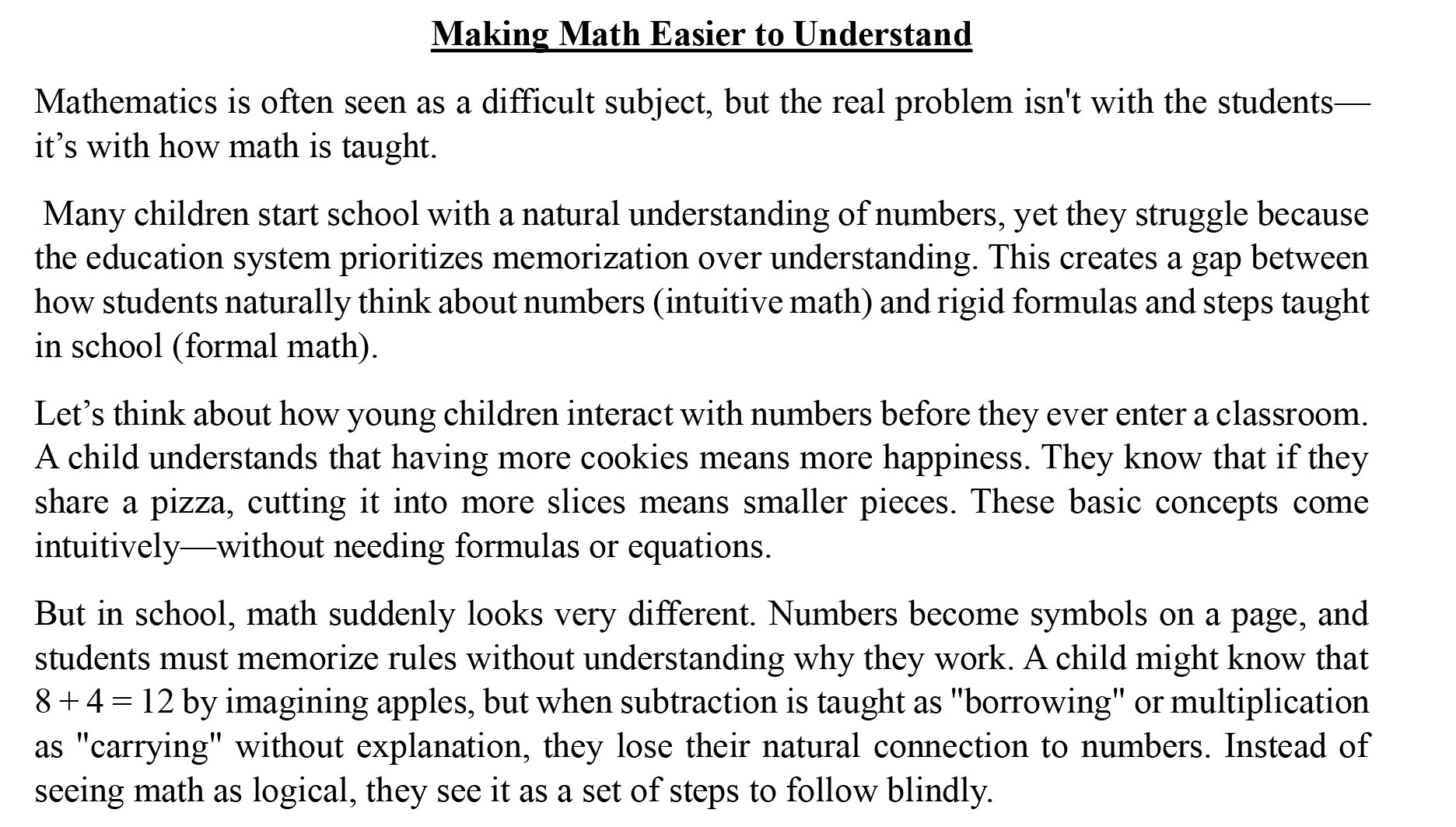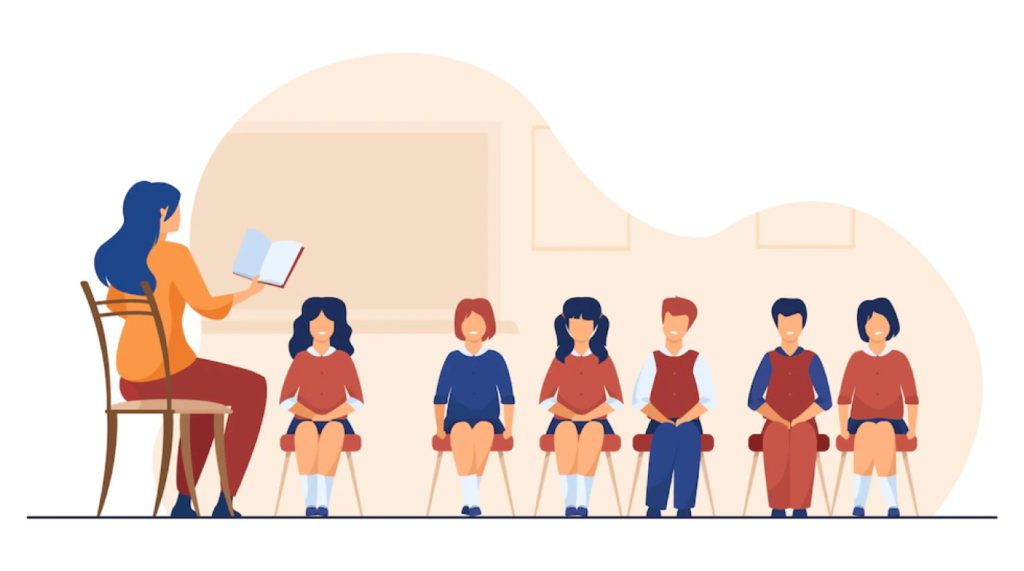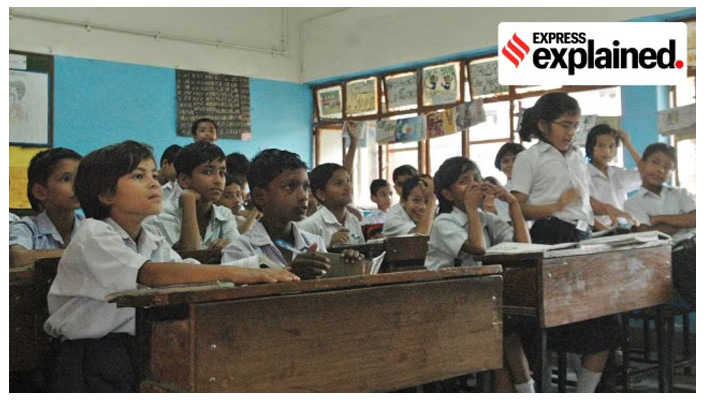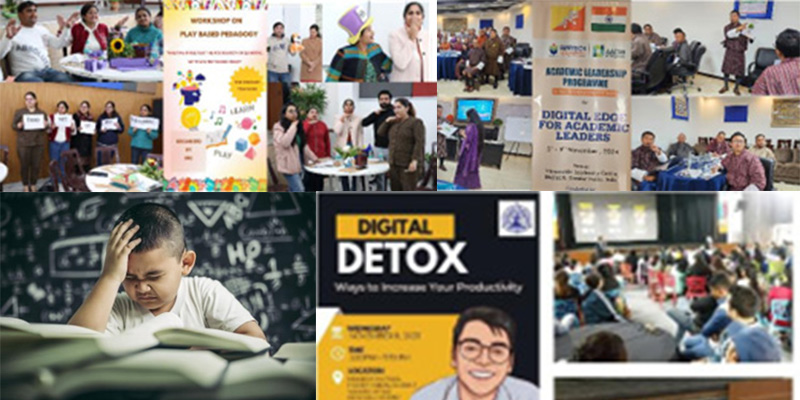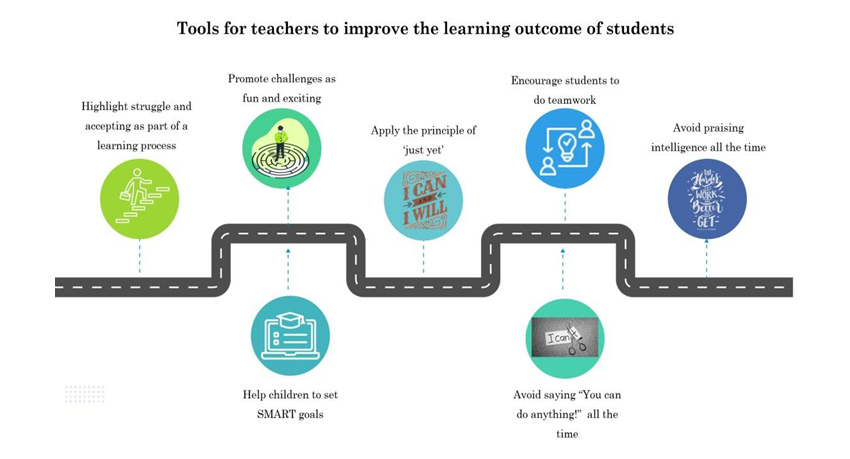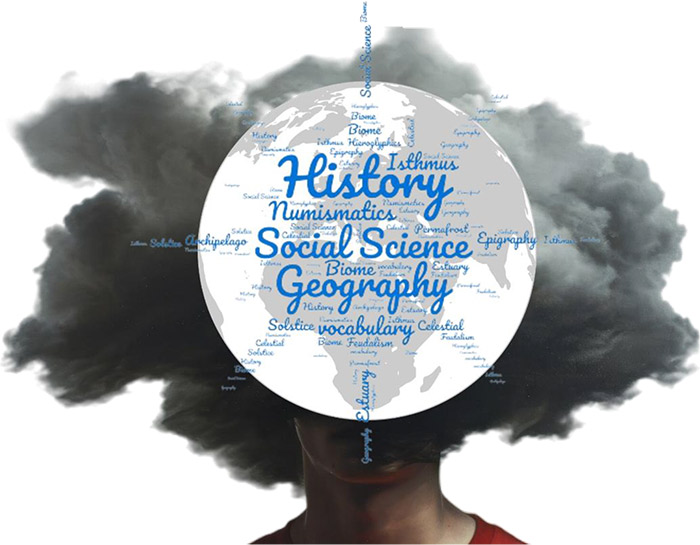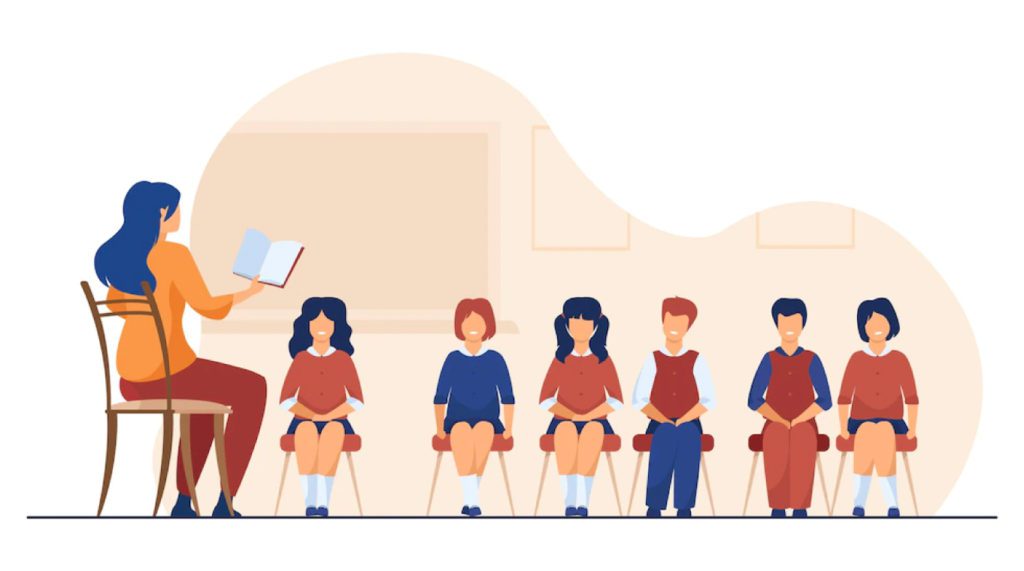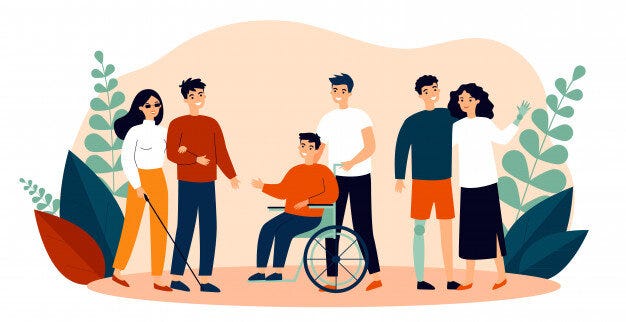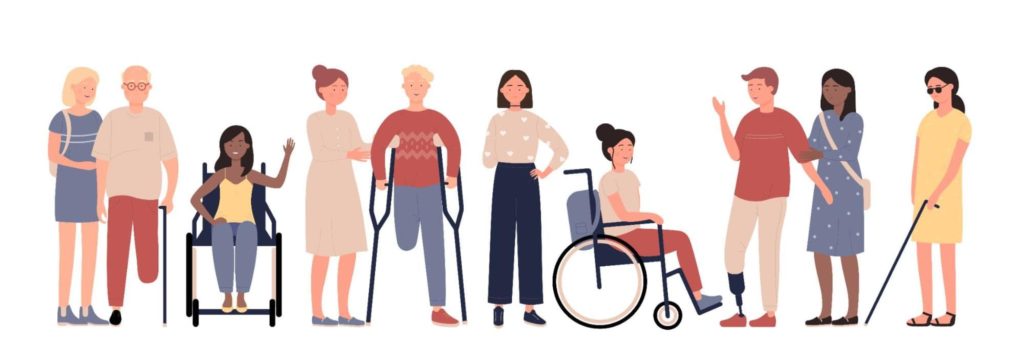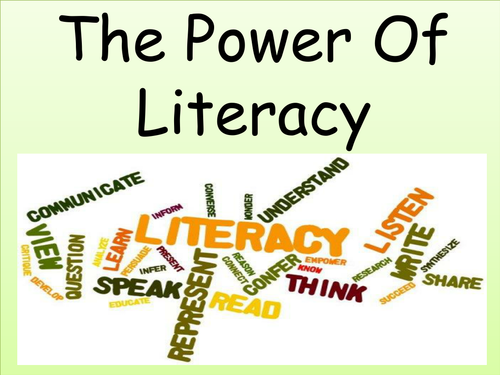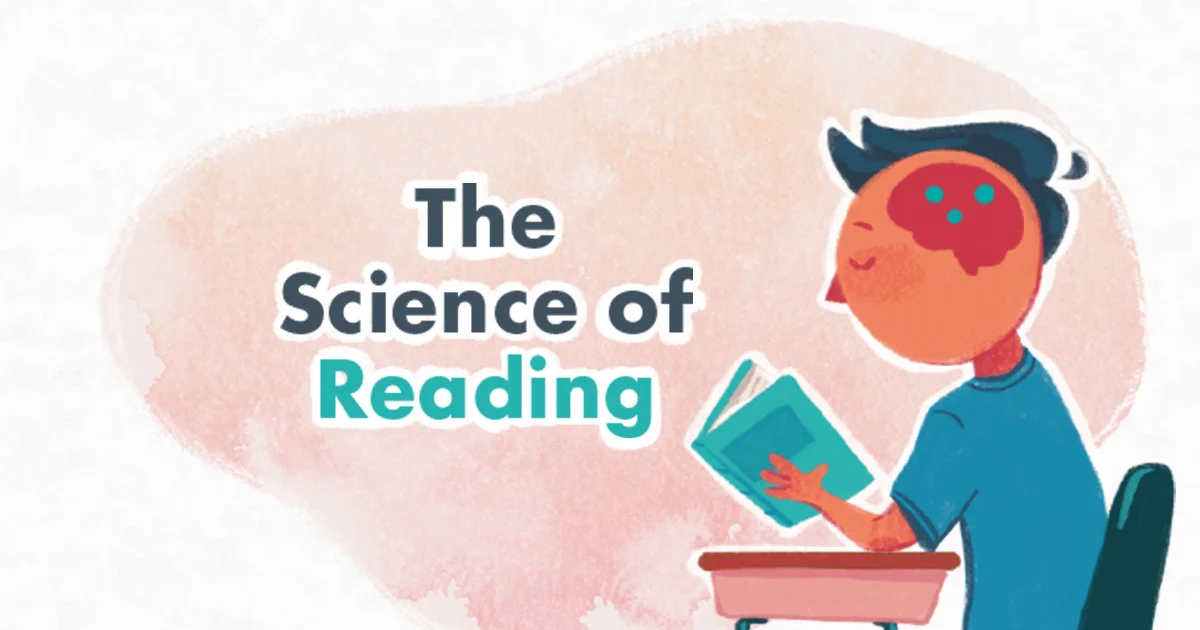Since time immemorial storytelling has remained a passion of human civilization. It has been a vital part of society and was evident in every facet of human life – from bedtime stories and morning cartoons to catching up with a relative or a colleague, from politics to judiciary system. Across the globe, they bore the evidence of it in various art forms such as dance, paintings, murals, and wall art as well as innumerable folk tales and fables. Who can forget the sketches from Bhimbetka dating prehistoric days? Are they not a testimony to the human urge of spreading the word around about the perceived phenomena and the feelings surrounding it? Are they not the genesis of fine arts? Similarly, the ancient cave paintings, murals, and various dance forms like Kathak and Kathakali are examples of different forms of art of storytelling. With the advent of oral language, traditions such as Pandavani, Alha Udal songs, and Daastangoi came into being. No wonder stories in their different forms such as folk tales, fairy tales, myths, legends, fables, etc. appeal to individuals worldwide. It is to be noted here that these folktales, fables, and legends are nothing but the repository of our ancestors' collective experiences, knowledge, and wisdom. A cursory analysis of all these stories, whether mythological, fable, or folktale, will bring out the common threads among them viz. demons, witches, ghosts, and the victory of good over evil. It reveals that they are the mechanism through which future generations have always been entrusted with society's collective wisdom since time immemorial. They are the embodiment of eternal human values.
It is evident that storytelling as an art is as old as human civilization. Its various forms have always enchanted different cultures and are a rich repository of knowledge, myths, social tradition, and more. Storytelling remained a cultural heritage of the social fabric globally. Oral and performing arts of storytelling have a glorious history across cultures.
However, the ever-increasing process of industrialization & dependence of society on technology initiated a slow but steady change in social-cultural structure, which affected its smallest unit- the family's edifice and composition. The role of older people viz. grandparents, uncle, and aunt faded into oblivion as the nuclear family surfaced, and that too, with both parents working. The members who were once easily available to children within the family to soothe them in times of distress or tell them a nice bedtime story became a thing of the past, at least for urban kids. The new ways of entertainment came into being like radio, TV, and not to 2 forget the internet with a plethora of social networking sites replacing the elderly of the household.
It seemed that the art of storytelling will have a slow death, more so in urban areas. At the same time, numerous researches across the world have proved that storytelling and story reading are vital tools that help in the language and cognitive development of children. Stories are fascinating things that fuel imagination and critical thinking and help develop children's language skills, enhancing their linguistic and cognitive abilities. Children have a natural love for stories and are natural storytellers. As Paley says, "They do not pretend to be storytellers; they are storytellers. It is their intuitive approach to all occasions. It is the way they think. (Paley, 1991, p. 17)". In other words, telling stories and recounting experiences is a natural urge at which children are best. Stories give them the scope to use their imagination. The art of sequencing events, providing coherence to events and assigning meanings to acts of characters, understanding nuances of the behaviour of characters, having a sense of the plot, thinking about the motives behind actions of characters, mulling over the moral of the story, etc. can be developed among them through stories. It explains why the art of storytelling has always been an integral part of human society in its different forms.
An Indian proverb beautifully states that “Tell me a fact and I’ll learn. Tell me the truth and I’ll believe. But tell me a story and it will live in my heart forever.” Recognizing the importance of storytelling as a teaching-learning tool The National Curriculum Framework (2005) and the recent National Education Policy 2020 underscore storytelling pedagogy's importance. They advocate the use of storytelling in the classroom teaching-learning process. Consequently, the situation is not as bleak as it appears. Taking cues from the research and the policy, there are multiple organizations and individuals who have revived the art of storytelling and are giving it a new lease of life, albeit in a more sophisticated and nuanced way. Creating awareness among teachers and the community about the power of storytelling is their main aim.
Storytelling has immense scope to improve the learning outcome of students when lesson plans are weaved around curricular expectations. Teachers can also easily weave essential life skills around subjects by incorporating the art of storytelling in lesson plans and classroom activities. It should be kept in mind that storytelling is a useful tool but needs to be used in a planned and innovative way. More so in primary classrooms where teaching 'reading and writing' is of utmost importance. Sharing stories helps make connections and break barriers-physical and mental between storyteller and listener. Therefore, a teacher who struggles to initiate dialogue 3 with small kids who took the time to open up in front of strangers sometimes may become a storyteller and help children adjust to the school environment. There is only one condition- the teachers must read the story and incorporate in their sessions the elements that can stimulate students' imaginative power and take them to the world the story is all about. Also, to generate students' interest in the lesson's reading and writing component, teachers should always plan their sessions to assimilate the reading/writing components seamlessly. When teachers write keywords, and phrases, and draw characters on the board, students internalize the writing process. Initiating a discussion with students about the key takeaways from the story helps develop a mutual bond between them. Besides, storytelling can be used in a fun and interactive method, by adding a dimension of allowing students to give their own inputs to the story. In case of senior classes, students may be asked to write alternative endings to stories and developing characters that they feel are motivating can be a wonderful exercise for them to step away from conventional ideas.
Teachers act like a magician and create an aura that engages the students to begin to be a part of the story and empathize with all the highs and lows of the main character of the story. So, they must plan where to pause, why to pause, and which questions to be asked during a storytelling session.
Incorporating the elements mentioned above while planning to conduct storytelling sessions, one can achieve the desired aim of optimum child development in terms of language and personality. So Robert Mckee has rightly said, “Story telling is the most powerful way to put ideas into the world today".





